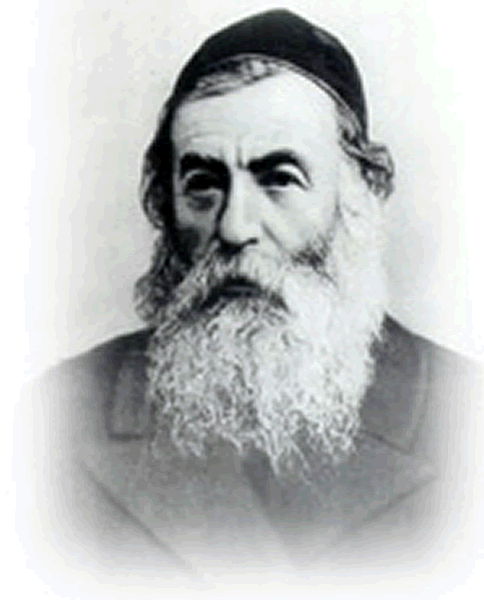On the evening of Jan. 8, I attended a lecture in New York, sponsored by Mechon Hadar, a unique egalitarian yeshiva/Jewish studies institute. It has a liberal Orthodox (or “Conservadox”) feel to it, but I understand that it’s really non-denominational.
 |
| Rav Kook |
 |
| Rav Reines |
The photo at the bottom of this post is of the lecturer, Rabbi Shai Held, a remarkably engaging and learned teacher, who discoursed mainly on the lives and work of Isaac Jacob Reines and Abraham Isaac Kook, two giants in the history of religious Zionism. Contrasting their views, he characterized Kook as mystical and messianic in his pronouncements, while Reines (founder of the Mizrachi religious Zionist party) had a more practical vision. Reines justified Zionism philosophically on the principle of Pekuah Nefesh, the commandment to save lives. Kook saw the hand of God in the work of the overwhelmingly secular (even atheistic) majority of the Zionist movement in rebuilding the Jewish homeland in Palestine.
Rabbi Held indicated that, with Theodor Herzl, Reines was motivated by a sense of urgency for Jews to leave the danger zones of Europe, and in that spirit, both Reines and Herzl initially accepted the Uganda proposal offered by Britain as a possible place of refuge. And with Herzl, Reines conceived of the Jewish homeland — which both really saw in Palestine — as a tolerant, enlightened country.
Kook (especially as interpreted by his son, Zvi Yehuda Kook) was an inspiration for the Khardal or Chardal convergence of religious Zionism with Haredi Ultra-Orthodoxy, in which extreme messianism takes on both a more stridently right-wing nationalism and a more fervent level of religious observance. Paradoxically, the elder Kook was essentially a pacifist, according to Held, who believed with Reines that a Jewish state would not need an army. But Reines died in 1915, early in World War I, when the optimistic 19th century notion of the inevitable course of human progress had not yet been entirely drowned in the bloodbaths of the 20th century. And Kook died in 1935, when Hitler’s regime was not yet two years old and he could not possibly have imagined a European killing ground worse than that of the “Great War” (as it was known) of 1914-18.
Kook’s death was also a couple of years before the great Palestinian Arab uprising of the late ’30s against the British and the Yishuv (Palestinian Jewish community). He died too early to see the obvious need for Jews to engage in armed self-defense.
Rabbi Held did not have to spell out the irony that the founders of religious Zionism were pacifists; they thought of the violence typical in statecraft as un-Jewish. The Mizrachi party and its successor, the National Religious Party, was a moderate ally to Labor Zionism in Israel’s early years until the Six Day War of 1967, when it was transformed by a radical element inspired by the younger Rabbi Kook, Gush Emunim (the Bloc of the Faithful), to aggressively begin colonizing the West Bank. The NRP recently morphed into Habayit Yehudi (the Jewish Home party), which today advocates the annexation of 60% of the West Bank and campaigns against a two-state peace agreement with the Palestinians; this party seems about to finish at least third among the 12 or 13 parties which will make it into the Knesset on January 22.




Very interesting…I wonder if Rabbi Held also mentioned the interesting split between Reines and Kook on the issue of women? Reines supported women running for public posts, and fortunately won out over Kook and others’ protests.